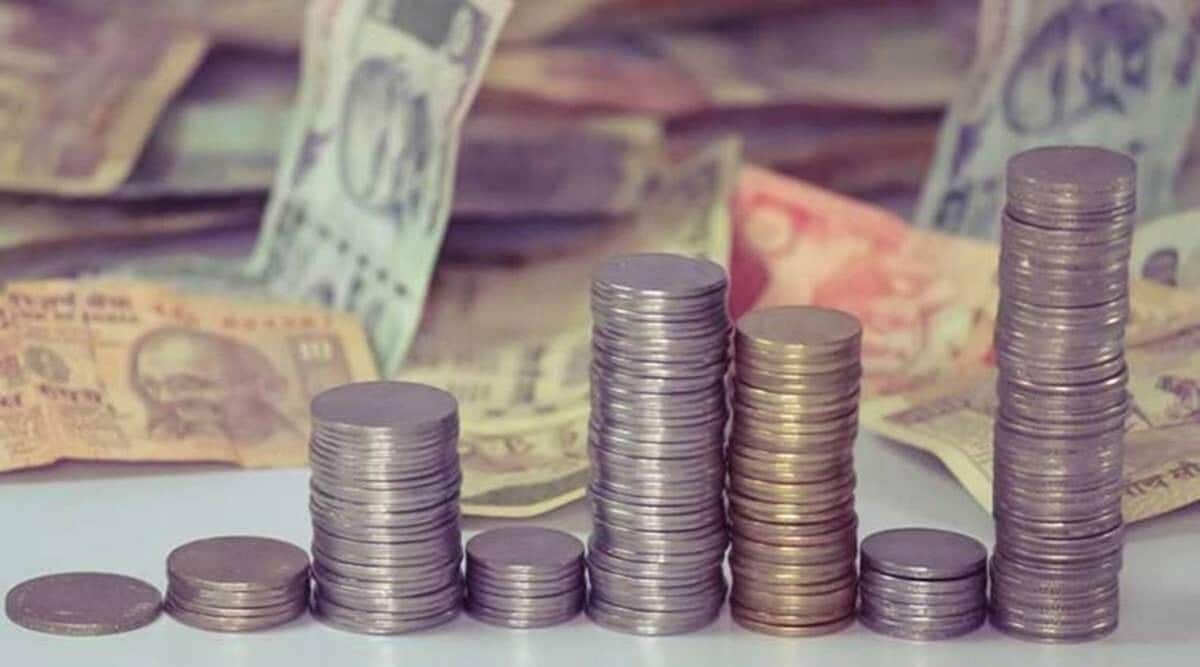
By Ashley Coutinho
International funds, which had been riding high on past performance, have come crashing back to the earth. As a category, these funds have returned (-)12.7% for a one-year period. This compares with 4-9.5% returns for funds investing in Indian equities, implying the former has underperformed the latter by 17-22%, data from Value Research show.
Investors flocked to such funds in droves in the last-year-and-a-half amid a flurry of launches and attractive 3- and 5-year returns. As many as 29 such schemes have been launched since 2021, with a dozen focused on the US equities.
Also Read| F&O expiry day: Sensex gives up 59000, fresh uptrend in Nifty likely above 17700 breakout; what dragged D-St?
“Unfortunately, investors have the tendency to look at the rear-view mirror while investing,” said Feroze Azeez, deputy CEO of Anand Rathi Wealth. “The one-year underperformance of international funds vis-à-vis domestic equity funds is at 17% plus, which is higher than the long-term average of 3-4%. Typically, such underperformance merits a case for re-evaluation.”
To do this, however, investors have to look at two-year and three-year performance as well, said Azeez. They also need to evaluate if there are structural reasons for the underperformance, or if it’s just driven by liquidity.
“Investors are prone to chase performance,” said Dhaval Kapadia, director – portfolio specialist, Morningstar Investment Advisers India. “Some of the funds launched last year are sitting on losses of 30-40% and investors did not have the time to react or exit.”
From 2014-17, for instance, there was a big run-up in small and midcap stocks. This led investors to invest in such funds only to suffer losses of up to 50% during the 2018-19 crash. Similarly, credit risk funds attracted a lot of money before the IL&FS crisis hit home and such funds were stuck with bad paper.
According to Swarup Mohanty, chief executive at Mirae Asset MF, the recent underperformance should not dissuade investors from making global funds part of their overall portfolio. “If you stretch the data to 10 years, India would be outperforming in three or four out of those years. Data has turned in India’s favour post Covid, which is why you have seen outperformance. But to say that it will continue to beat US and other global markets over longer periods is a bit far-fetched,” said Mohanty, whose fund house has launched eight international schemes since 2021.
India is still 3% of the world market cap while top 50 companies from the S&P 500 make up almost 19% of the world market cap.
Mohanty said the risk profile of investors has changed over the years and that his funds have not seen redemption pressure despite the recent underperformance. “Nobody has questioned me on the performance of global funds. On the contrary, investors are waiting for the funds to open again so that they can start investing.” Assets of international funds have increased 14.6% to Rs 40,308 crore during the past year.
Azeez believes that if the underperformance sustains for another two years, the funds may end up with a cumulative underperformance of 30-35%, which could make a strong case for mean reversion.
Those who have already invested in international funds can stay put and hope for markets to recover. “You have bought yourself dollars and some degree of currency hedge has played out given the rupee’s depreciation this year. So, investors can stay the course and hope that a mean reversion plays out,” said Azeez.
Financial planners recommend setting aside 5-10% of one’s portfolio in international funds.
Azeez feels otherwise. “Diversification has to be used from the perspective of assets. I don’t see equities of different countries as different assets. Anything that is strongly correlated is not diversification and I do not advocate putting in 5-10% of equity assets in global equities,” said Azeez, who has personally not invested in international funds till date.


